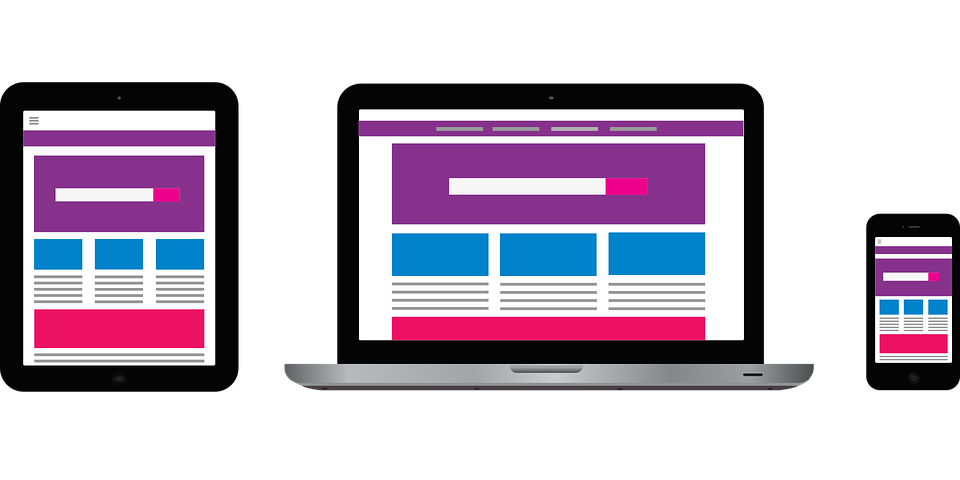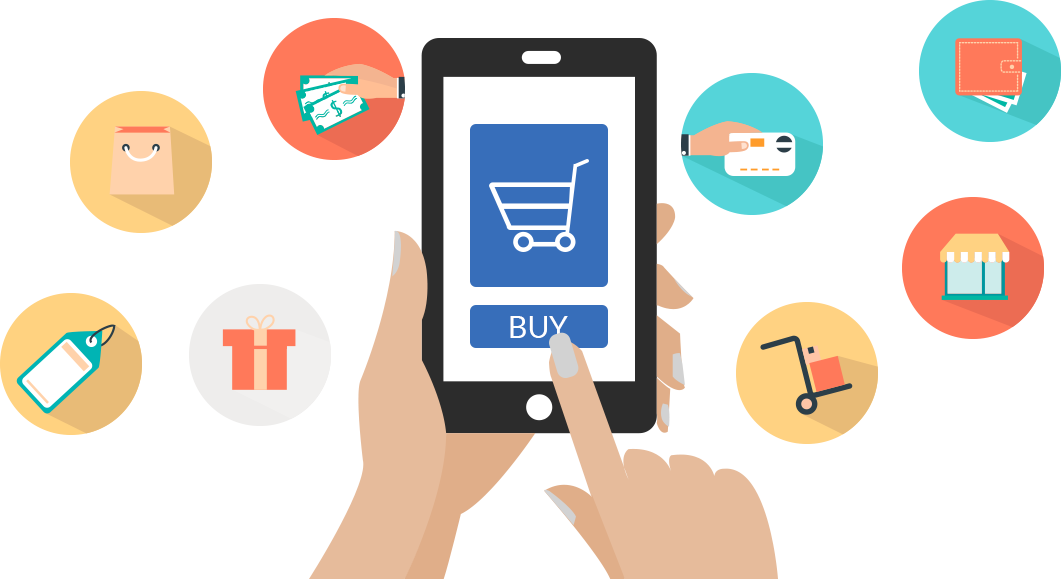The boom in mobile E-commerce has led to the creation of mobile apps and platforms that have disrupted the industry. E-tail apps like Amazon and Groupon have changed the way people shop. Our generation has become comfortable shopping and paying online from their computers and mobile devices.
Improvements in the online shopping experience coupled with faster network speeds have given platforms the growth and adoption they needed to become global giants.
The amount of retail traffic from mobile devices has overtaken desktops.
Today, consumer preference to shop online vs. traditional is more or less even. Online retail in the US surpassed the $300 Billion and is expected to breach the $400 Billion mark by 2017.
Want a piece of the pie?
Here’s what it takes to create an E-Commerce App for your Company
Part 1: The framework and platform

Before creating a mobile app, you must have (or develop) a platform to upload your product information, categories, images, pricing etc. that will display on your E-commerce app. This ‘control panel’ should also let you view and generate sales reports.
Before you choose Magento, Opencart, WooCommerce or any other e-commerce platform, you need to list out your requirements – the number of products, the features you require and the size of your target audience. Balancing the speed and scalability is key when you choose a platform that is one part of providing a good customer experience
Must Read:
Part 2: The customer experience

The decision to let customers purchase your products via your website and or your mobile app is yours. Well nurtured customers will download your app, while others will visit your website from computers or mobile phones. Remember, apps still attract only half the number of visitors as compared to mobile sites. This is true even for the top 5 retailers. Having a mobile-friendly website is important.
Part 3: Mobile friendly

If your website is not mobile-friendly, you’re not catering to the majority of web surfers. Even the U.S. Election got twice as many views from mobile as compared to desktops and laptops. With over 85% of internet users having smartphones, you need to give customers the users experience they expect on their mobile devices. That could a from your website or via your app.
Part 4: The App

Once you have your framework, control panel, and products all set up, it’s time to develop your app. Decide the platforms you want to support – iOS, Android, Windows, Blackberry – and whether it’s just for mobile phones or tablets as well.
Each device and platform add to the cost. If you’re selling high-end products, chances are, a majority of your customers will be iPhone users, which makes it logical to start with the iOS app for iPhones. Hybrid apps are another way to go, where you develop a ‘common’ app and then tweak (compile) it for each platform (iOS, Android, Windows, and Blackberry).
The advantage – you save time and cost, and reach a wider audience faster. The disadvantage – you compromise on the user experience, app speed, responsiveness, and security. Especially when you involve fund transactions.
Part 5: The Payment Gateway

Whether it’s the website or your app, you need a payment gateway. This is the part of the shopping cart that accepts customer payments like card details, banking information etc. Integration needs to be done for the web and for each app depending on what all options you want to give customers. A number of secure payment gateway options are available for you to integrate with your E-commerce platform.
Part 6: Analytics

It’s good to know what your customers are doing. Which pages they visit and what products they click or tap. Tools like Mixpanel or Amplitude let you view usage metrics that help you react quickly to improve customer engagement.
Part 7: The Marketplace

Not just selling your own products? You need a marketplace where multiple vendors can sell their products on your portal (similar to Amazon). Save yourself the headache of managing thousands of products from hundreds of vendors, give them separate logins to manage their own products and content.
When going for an E-commerce solution, take it one step at a time. Create, test, release, improve, expand, repeat. Be it one platform at a time or a set of features per phase. Allow yourself to be nimble with your product and give yourself time to improve and market.
